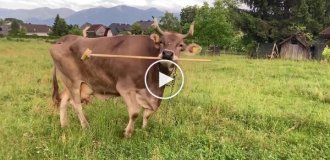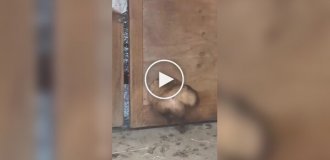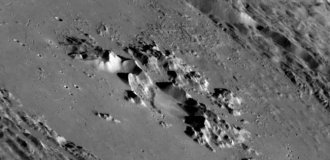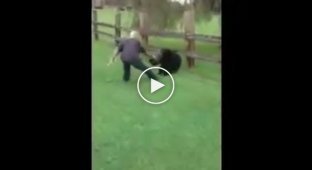A brown giant and a tree with sweet fruits – a joint Spanish story (10 photos + 1 video)
This bear with a sweet tooth, focused on the search for delicacies, has been a symbol of Madrid for several decades. 
In the Puerta del Sol district of Madrid there is a bronze statue of a bear. The animal stands on its hind legs and concentrates on rummaging through the crown of the strawberry tree in search of fruit. This statue was designed and created by sculptor Antonio Navarro Santafe, commissioned by the Spanish authorities and inaugurated in 1967. It depicts a beast that symbolizes the city of Madrid and is one of the main characters of national folklore. 
The first mention of the forest giant as a symbol of the capital dates back to 1212. It was then that local knights fought the Moors at Las Navas de Tolosa, carrying standards depicting a bear and the seven stars of the Ursa Minor constellation - Ursa Minor. 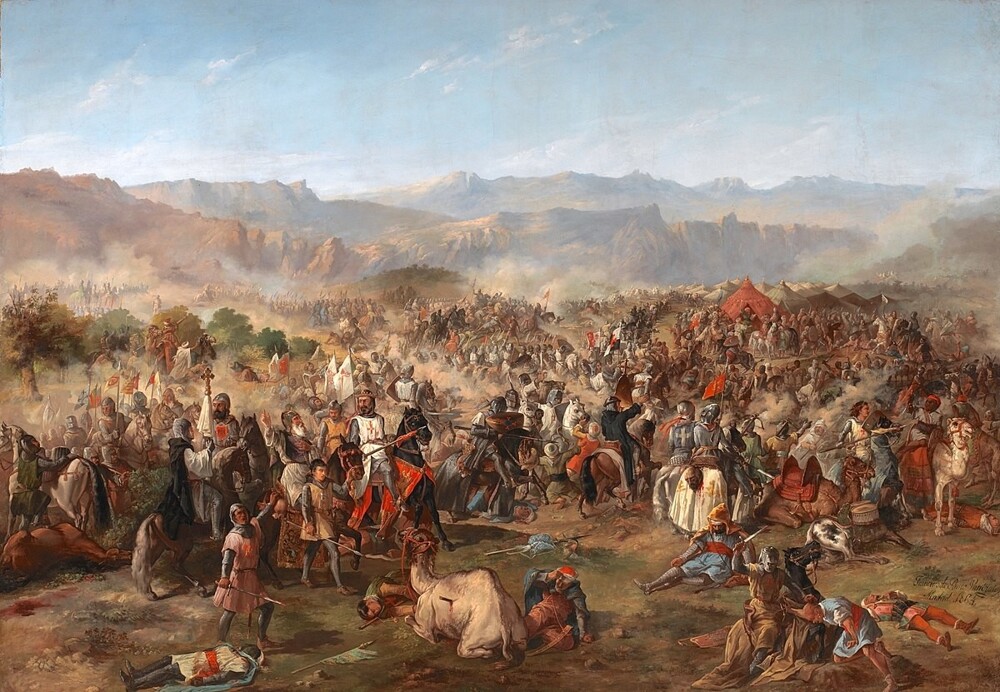
Battle of Las Navas de Tolosa
But the first time the beast and the strawberry tree were used as elements of heraldry was a decade later. It was not until 1222 that this image was included in the seal for the signing of the decree of King Alfonso VIII. 
This legislation was prepared to put an end to the dispute over land rights that arose between the church and the city authorities. The king, acting carefully and diplomatically, decided that the forests, including the strawberry tree (a common species in the region), became the property of the city. The plains and their inhabitants, represented, among other things, by the bear, were to go to the church. This decree resolved a long debate and subsequently led to the symbol being adopted by the city as an official emblem. 
Arbutus
Both items that the king chose have symbolic meaning. 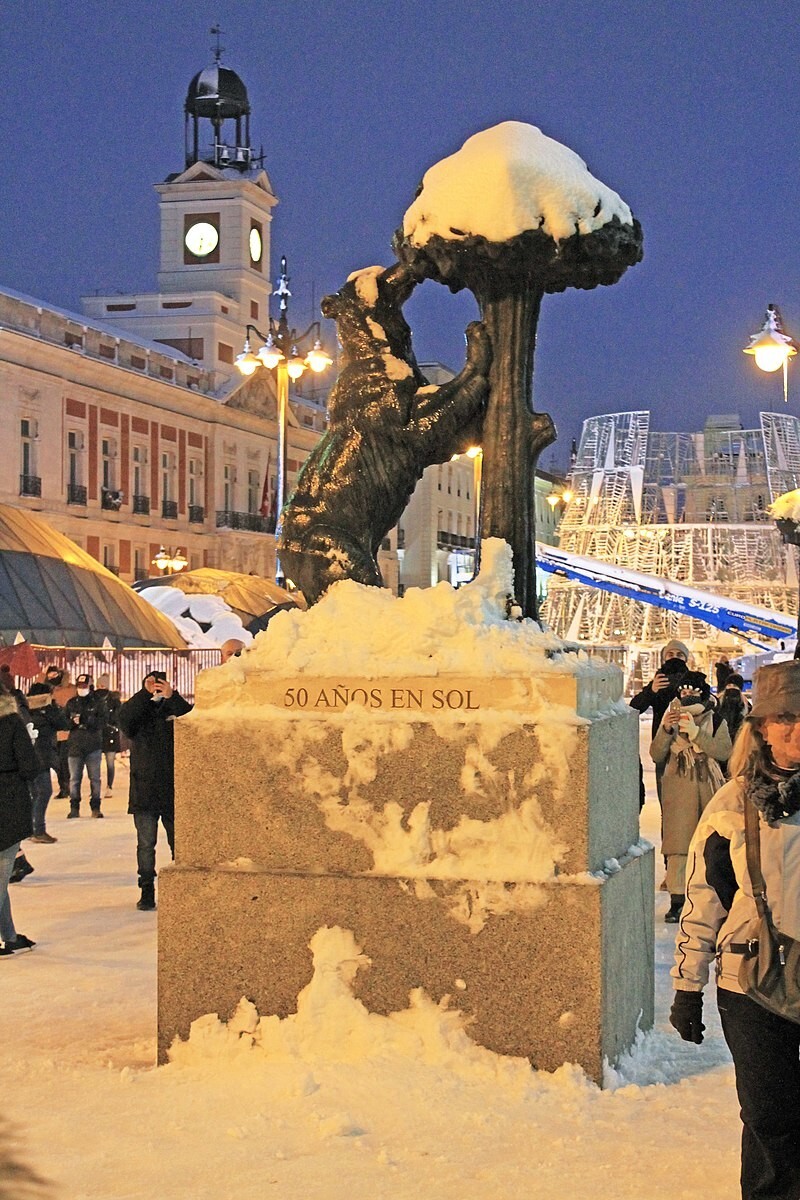
The strawberry tree was a very important plant, as the inhabitants of Southern Europe once believed that its leaves could cope with such a terrible disease as the plague. Legends mention that the image of the bear was included as a tribute to the she-bear who was shot by the ruler while hunting. Apparently, the king was so moved and impressed by the courage of this animal, which met death with dignity, that he chose it as a heraldic symbol. 
However, the first references to its use as a heraldic emblem most likely even date back to the Middle Ages. The symbol may have first become associated with Madrid during the time when Spain was a Roman colony. Then this area was known as Ursalia. Which translates from Latin as “Land of Bears.” 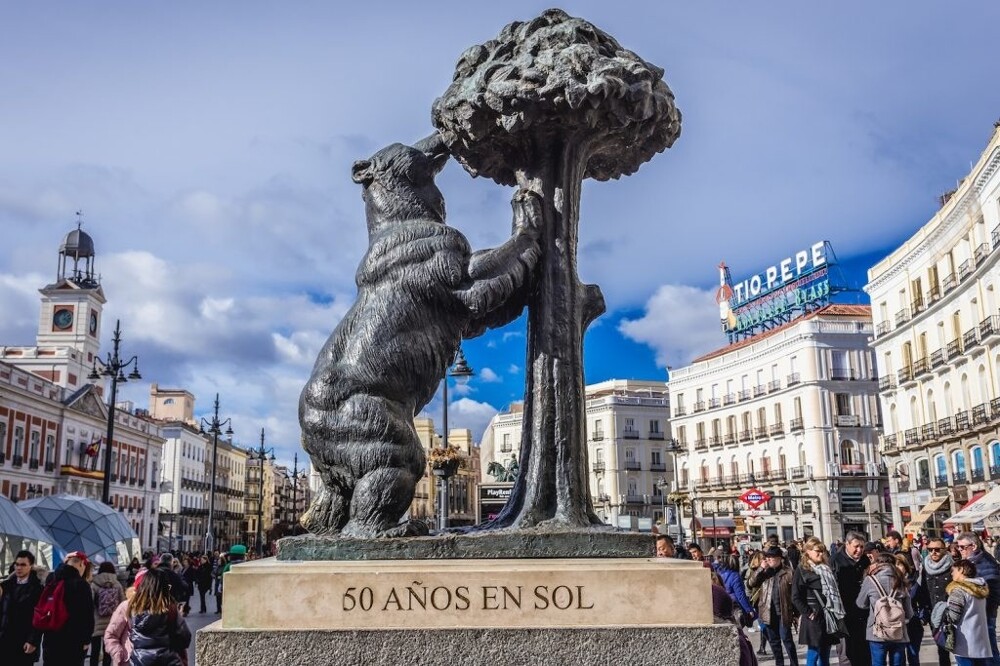
Presumably, it was due to the huge number of these animals that once lived here. These creatures were hunted and captured to take part in animal fights held throughout the country. 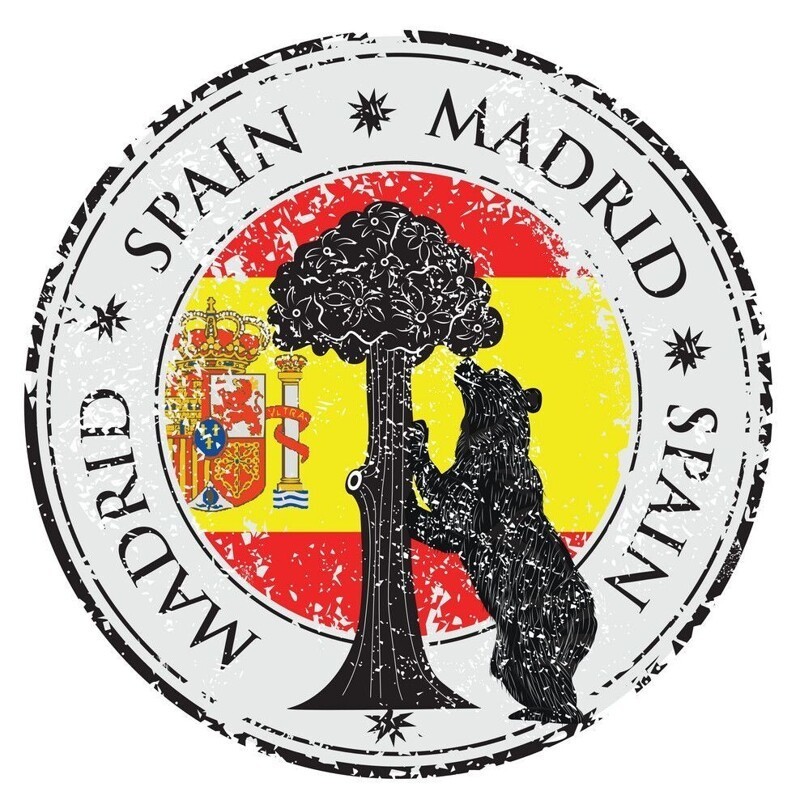
Currently, brown bears, alas, have disappeared from Madrid and have become extinct in most of the country. True, this species is still found in certain northern regions, in the Cantabrian Mountains and Asturias. However, the bear sculpture and strawberry tree stand in the heart of the city, reminding residents of their rich, ancient and diverse cultural, historical and natural heritage. 
